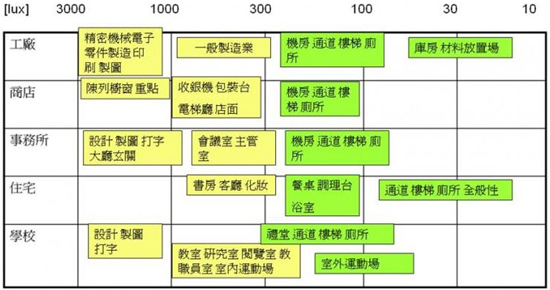Summary
Faced with a seemingly very simple dimming function, the modern 3G, 4G, and cloud computing generations of the electronics industry are at a loss. The popular media darling - the smart grid - is completely powerless for lighting control. This inevitably makes people doubt that the concept of the entire smart grid is purely a hype bubble.
Most of the electrical and electronic engineers feel the same confusion. Why do we have to rely on an old component, the SCR silicon control tube, when it comes to lighting dimming? Is it really so difficult to design a dimming function?
In fact, the difficulty lies in the cost of the device and the uncertainty of the market. If you can analyze the advantages and disadvantages of silicon-controlled dimmers and the cost of other dimming schemes, many confusions will be clarified.
This article analyzes the existing dimming scheme. And make a few bold predictions:
(1) Silicon-controlled dimmers will go into history with incandescent lamps (2) Electronic dimmers and remote dimmers have no market prospects (3) EZ Dimming is the only universally viable dimming solution that will become ubiquitous The way of dimming.
1. Lighting demand benchmark
Let us first understand the relationship between the benchmark of lighting demand and dimming energy. The lighting design must take into account the intensity of the light source and the luminous flux obtained from the illuminated object or the illuminated surface. The unit of measure for the intensity of the light source is Lumen. The unit of measurement for illuminance is Lux. The relationship between the two is 1 Lux = 1 Lumen/m2
Suppose we have a 10W LED desk lamp and the total luminous flux emitted is 600 Lumens. If the 600 Lumens are all concentrated on a square meter of desktop, the illuminance of the desktop is 600 Lux.
(1) Commercial lighting -- bright foods, especially bread, burgers, seafood, barbecues, etc. can stimulate appetite. Therefore, the bread cake shop, the fast food restaurant in Hamburg, and the window of the restaurant should have an illumination of more than 1000 Lux. Jewelry, watches, and clothing stores must also have bright illumination to stimulate purchase. Precision industrial, color printing, museums, galleries, optical shops, 3C stores, bookstores, typing, cartography, and clinics all have 1000 Lux illumination.
(2) General lighting -- 300-800 Lux for offices, classrooms, mass merchandisers, general stores, coffee shops, fast food restaurants, factories, and production lines.
(3) Non-workplaces - such as stations, airports, hospitals, building halls, wards, corridors, stairwells, toilets, 100-300 Lux. Parks, parking lots, and streets can be as low as 10-50 Lux.
(4) Non-business hours -- Commercial lighting and general lighting can be reduced to 100-300 Lux during non-business hours.
Moderate lighting has a significant impact on the competitiveness of the store. Convenience stores, department stores, key counters on the first floor, including cosmetics, jewelry, illumination are more than 2000 Lux. Insufficient lighting will not attract attention and purchase. If the lighting is not enough, it will increase the fatigue and drowsiness of the staff. An obvious example is the entry and exit halls at Taoyuan Airport, where illumination is seriously inadequate. Compared with the brightness of Hong Kong Airport and Narita Airport, it makes people feel that the Taoyuan Airport is old and deserted. Only the duty-free shopping district, the store is brightly lit.
Table 1. Benchmarks for lighting in various places

Â